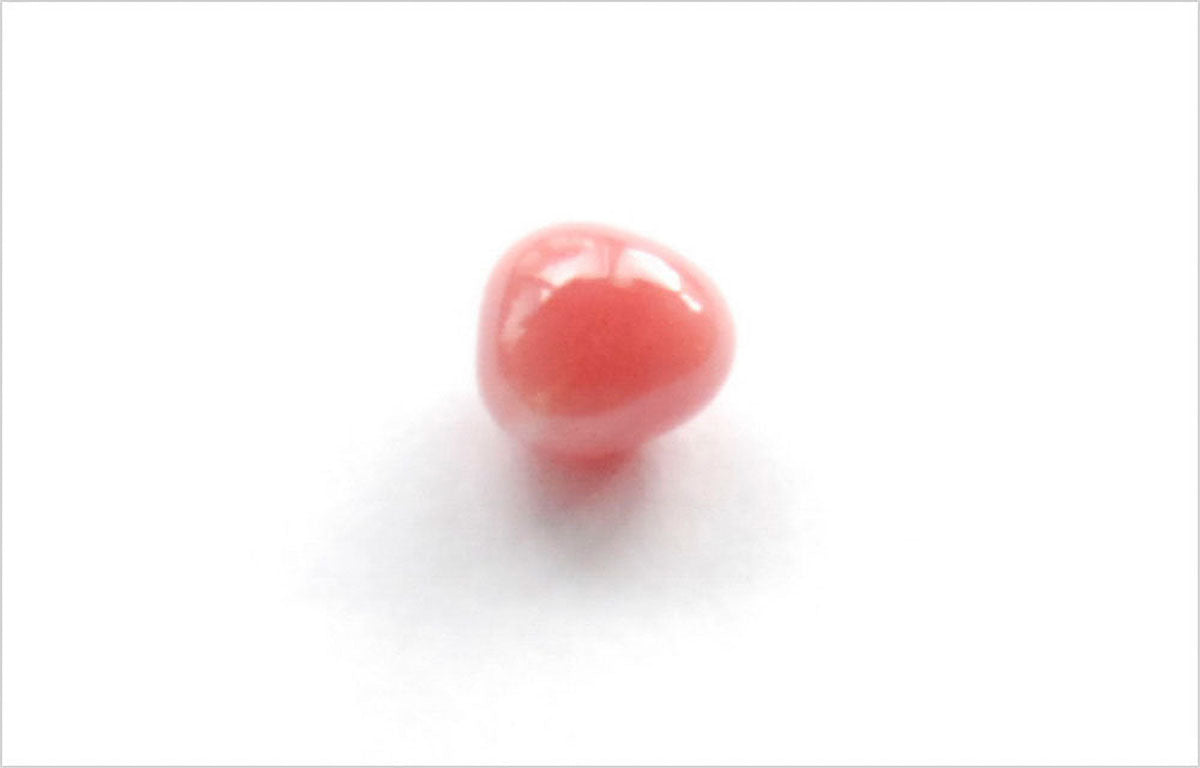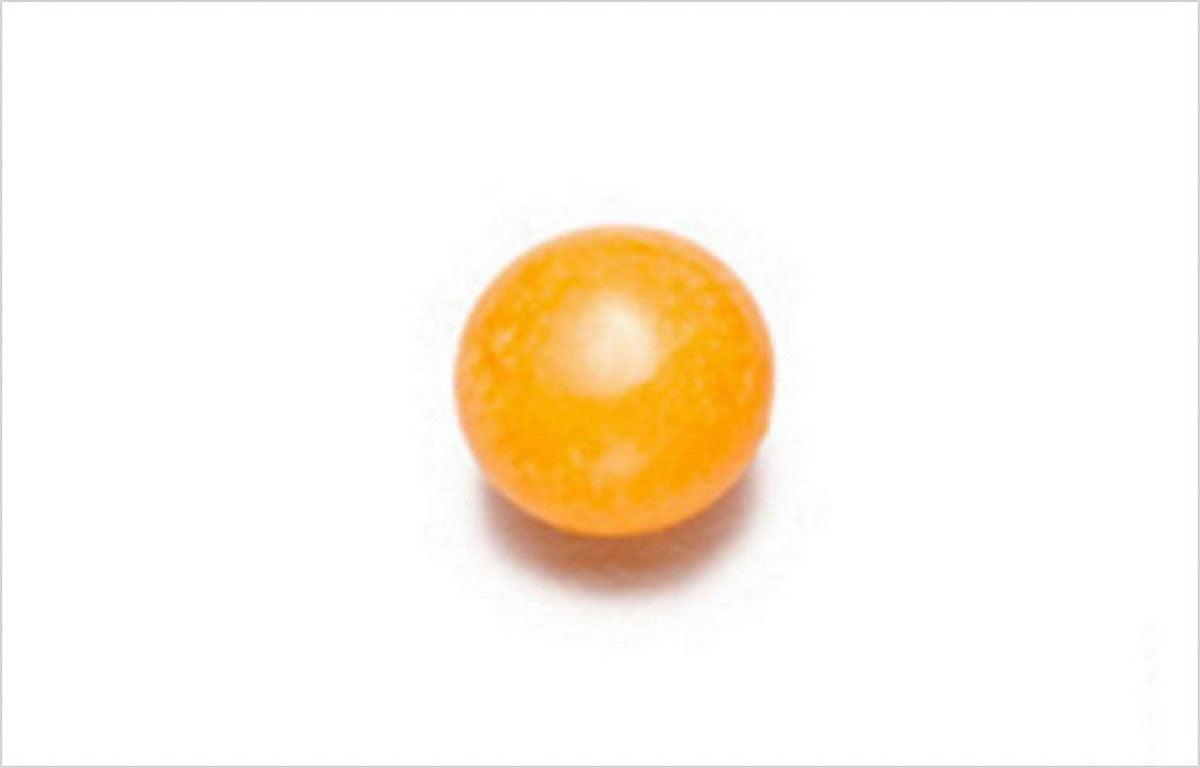Types of Pearls
Kind of PearlWhat are the types of pearls? Explaining the differences in characteristics, colors, and shapes
Speaking of pearls, it was the era of ``natural pearls,'' which were one of the ``hardest-to-obtain gemstones.''
It has a long history, and pearls from the Jomon period still exist in Japan.
Later, "cultured pearls" were born in Japan and became one of the "most familiar gemstones".
Now you can enjoy various types of pearls.
What are the types of pearls?
There are five types of pearls, depending on the type of mother oyster (mother mollusk) in which the pearls are grown.
Let's start with cultured pearls.
cultured pearls

Akoya pearls《Main production area: Japan》
Mother shell: Pearl oyster [scientific name: Pinctada fucata martensii]
The size of the mother shell is about 8 to 12 cm. It is characterized by its transparency and strong terry (gloss). The fine mother-of-pearl layer gives off a soft beauty. The secret to the beauty of Akoya pearls lies in Japan's four seasons. Hamage is performed in winter, when the fine nacre layer is rolled up as the water temperature drops (make-up rolling). In the past, they were called genuine pearls or Japanese pearls, but these days they are avoided because it is an ambiguous term. The average size of Akoya pearls is approximately 8 mm (ranging from 2 mm to 10 mm).In recent years, Akoya pearls have also been cultured in China and Vietnam.

Black lipped pearls (Main production area: Tahiti, French Polynesia)
Mother shell: Pinctada margaritifera [Scientific name: Pinctada margaritifera]
Cultivates black lipped pearls. It is widely distributed in the South Pacific, and its main production area is around Tahiti, but it is also cultivated in the Cook Islands and Fiji. They come in a wide variety of colors, and although they are called black-lipped pearls, they actually come in a variety of colors, such as green and blue, depending on the interference of light.

White lipped pearl (silver lip)《Main production area: Australia》
Mother shell: Pinctada maxima [Scientific name: Pinctada maxima]
Grows pearls ranging from white to blue to gray. It is one of the largest bivalves cultured for pearls. Therefore, large pearls are cultured. The average length is about 12 mm, with some larger ones exceeding 20 mm.

White lipped pearls (gold lip)《Main production areas: Philippines, Indonesia》
Mother shell: Pinctada maxima [Scientific name: Pinctada maxima]
It grows the same white lipped pearls as Silver Lip, but the ones called Gold Lip have a strong yellowish hue and are suitable for cultivating gold-type pearls. It has a short history, and farming began in earnest around the 1970s. In Japan, varieties with yellow pigments are not popular, and research has been carried out to make them whiter, but in the Philippines, on the contrary, breeding has been carried out to make the yellow color darker, which continues to this day. These pearls are now actively cultivated and have become popular in recent years.

Mabe pearls《Main production area: Japan》
Mother shell: Pteria penguin [Scientific name: Pteria penguin]
Widely distributed in the relatively warm Pacific Ocean. In Japan, it is widely cultivated in Amami, the northernmost region of its range, and is characterized by its strong iridescent color. Mabe oysters are very muscular, and there are few successful examples of perfectly round cultured pearls; most pearls are half-shaped because they are cultured by attaching the nucleus to the inside of the shell. Therefore, it is relatively easy to culture, and unique half-shaped pearls with tsuyu-shaped or heart-shaped nuclei are also cultured.

Freshwater pearls《Main production area: China》
Mother shell: Hyriopsis schlegelii [Scientific name: Hyriopsis schlegelii]
The pearl oysters we have introduced so far come from seawater, but the oyster shellfish lives in freshwater such as lakes, ponds, and rivers. The cultivation method is also different and does not use nuclei. Since 20 to 30 mantles (the part of a scallop's string) called pieces are placed inside the body, many pearls can be produced from one mother oyster at once. As a result, the production volume is extremely high, and it is available on the market at a relatively low price. More than 20 years ago, most of the beads were small, but in recent years, technology has advanced and it is now possible to produce beads with nucleates and large beads over 20 mm. Most of the colors are pale tones of orange and purple, giving a gentle impression.
natural pearls

conch pearl
It comes from a large conch-like shell called a pink shell that lives in the Caribbean Sea. Pink ones are popular, but white and ivory ones are also available. The structure (cross plate structure) is different from the cultured pearls introduced here, and the unique interference color of pearls is not seen, but instead, some have a frame called a flame pattern. They are very small, often less than 7mm in size.

Abaloni (Avalon) Pearl
It is a pearl that is harvested from so-called abalone. The one in the image is from Mexico, but New Zealand also has the same type of pearl. The colors are more vivid than those in Japan. These are harvested from the inner black part (the part with internal organs), so there are almost no round ones.

mero pearl
Pearls ranging from yellow to orange to reddish brown can be harvested. The mother mollusk mainly lives in the South China Sea. They are carnivorous and can grow to be very large, some measuring up to 25 cm. The structure of this pearl is similar to conch, and some have a flame pattern.
About types of pearl shapes
Pearls may have a drop-shaped impression, such as moon drops or mermaid tears, but since cultured pearls were introduced, round-shaped pearls have become more common.
However, tracing back to history, it is said that the origin of the word is ``baroque'', which means ``distorted'' in Portuguese.
In other words, the distorted pearl "Baroque pearl" was widely recognized by people.
Type of shape

Round/Semi-round

oval

drop

button

Circle



